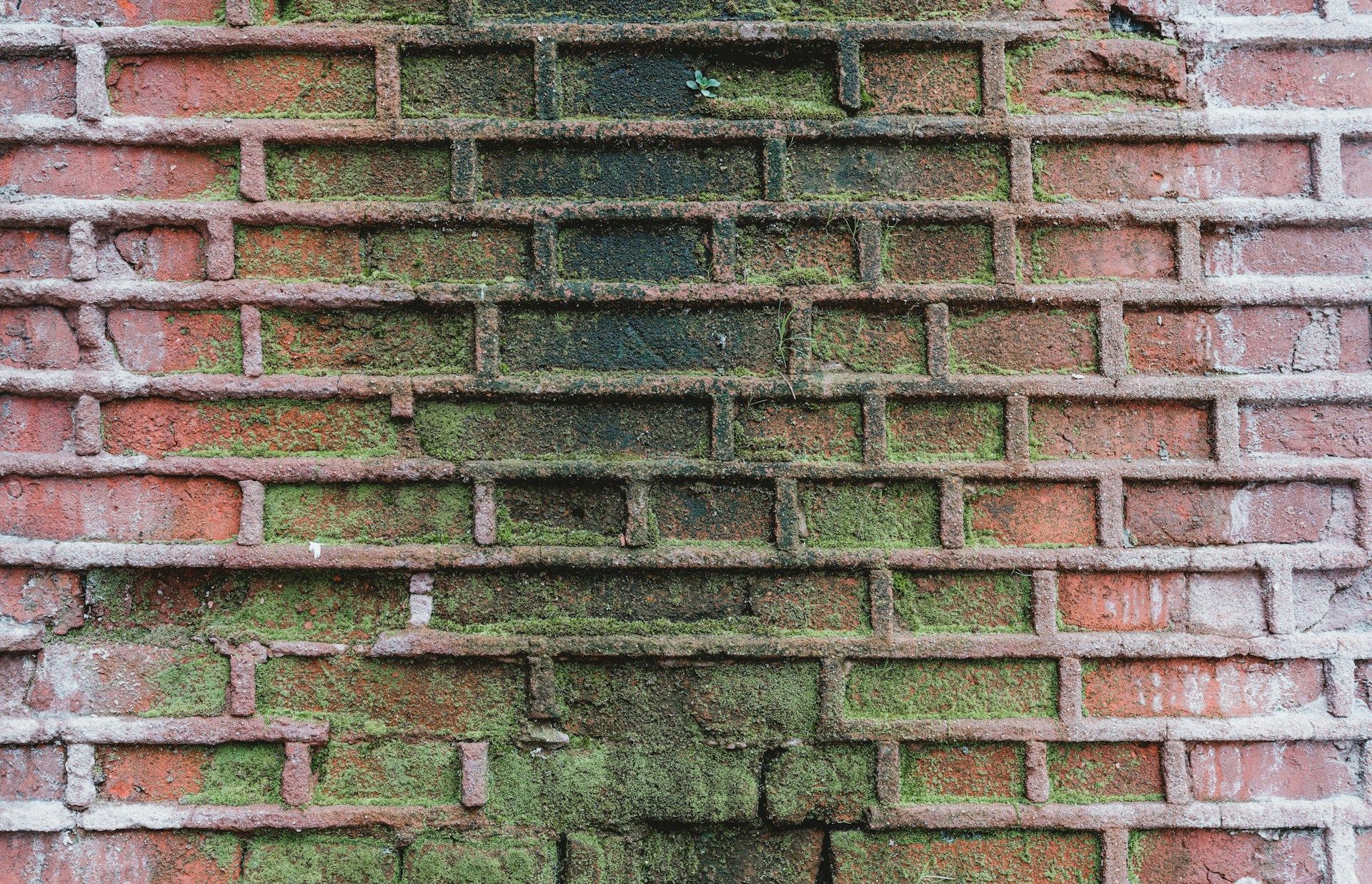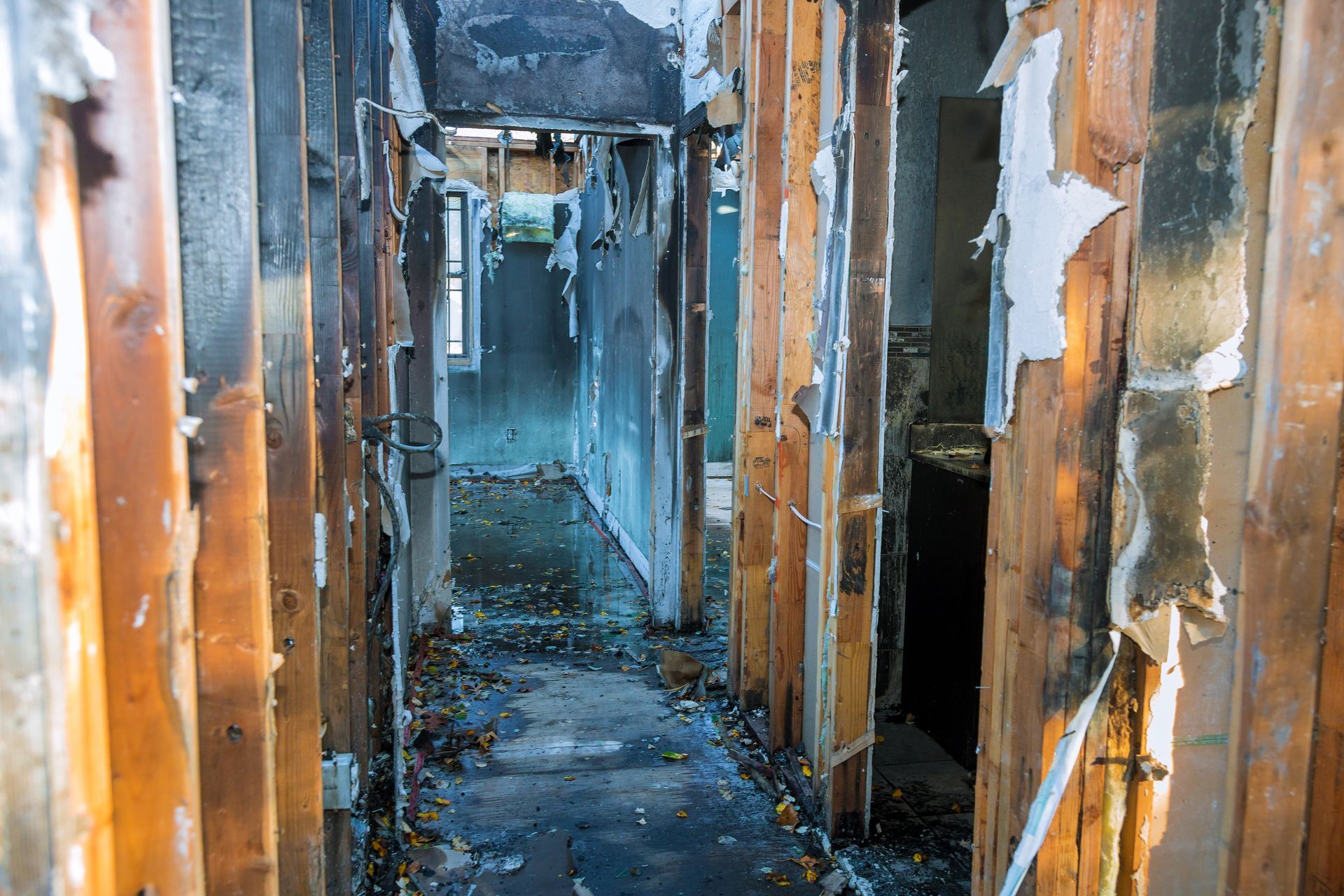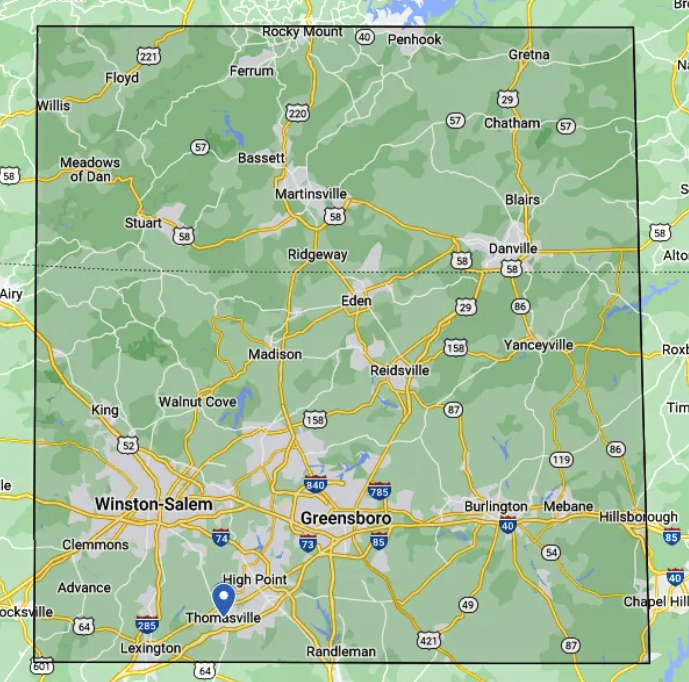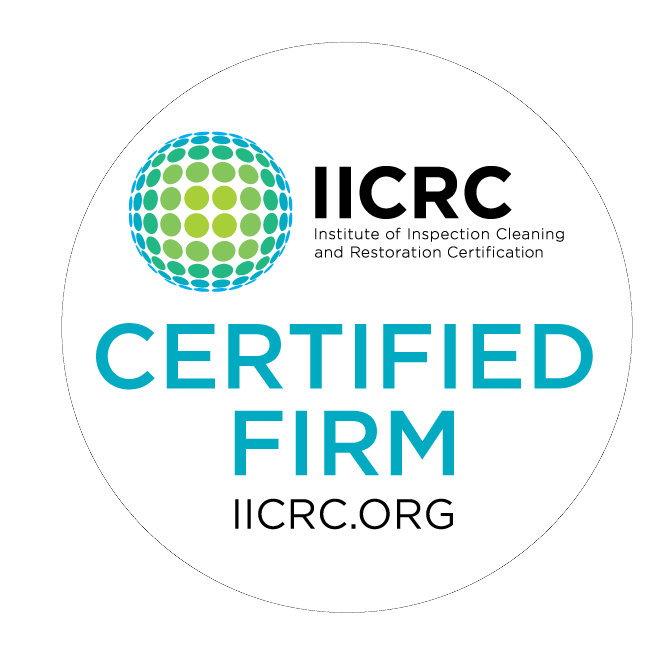My House Has Storm Damage. What Do I Do?
Dealing with the aftermath of storm damage to your home can be overwhelming. That’s why this article will focus on the steps to help you navigate the process.
Here is a start-to-finish list of what to do when a storm has damaged your house:
Assess the Situation: Take a moment to thoroughly survey the damage to your house caused by the storm. Look for any visible signs of damage, such as broken windows, fallen trees, or roof damage. This first step is crucial to get a clear understanding of the extent of the damage.
Ensure Safety: Before entering your house, it's essential to prioritize safety. If there are any immediate hazards like downed power lines, gas leaks, or structural damage, do not enter and stay a safe distance away. Contact the relevant authorities, such as the fire department or the electrical company, to report the hazards.
Document the Damage: Documenting the storm damage is crucial for filing an insurance claim. Take photos and videos of the damage, capturing the overall scene and close-ups of specific damages. This includes affected areas, broken windows, uprooted trees, and other property damage. Take note of the date and time the photos/videos were taken.
Contact Your Insurance Company: As soon as possible, notify your insurance company about the storm damage to initiate the claims process. Contact your insurance agent directly or call the claims department of your insurance company. Provide them with all the necessary details, including the extent of the damage, the location of the property, the date and time of the incident, and any relevant documentation you have gathered.
Stay Organized: It's essential to stay organized throughout the claims process. Keep a dedicated folder to store all your communication with the insurance company. This includes claim forms, correspondence, emails, documents, receipts, photos/videos, and other relevant information about the storm damage.
Mitigate Further Damage: To prevent additional damage to your home, take immediate measures to mitigate the situation. This can involve covering broken windows with tarps or plywood, shutting off the water supply in case of leaks, boarding up damaged areas, or blocking entry points for pests.
Secure Your Belongings: If it's safe, move your valuable belongings to a safe and dry area within your home. This will help prevent further damage or theft. If you have items that require special care or are particularly valuable, consider moving them to an off-site storage facility until repairs are completed.
Temporary Repairs: Make temporary repairs that can provide immediate relief and prevent further damage. This might include patching roof leaks with tarps, boarding broken windows, applying temporary sealants to damaged areas, or removing debris that poses a safety risk. Take photographs of the temporary repairs as evidence for your insurance claim.
Get Professional Help: Depending on the extent of the damage, you may need to call professionals for repairs. Consider contacting licensed contractors, restoration companies, or specialized technicians who can assess and repair the specific areas of damage. Obtain multiple quotes from different service providers to compare costs and services.
Obtain Multiple Quotes: When seeking professional help, it's advisable to obtain multiple quotes. This will help you compare costs, services, and timelines to choose the most suitable option for your budget and requirements. Ensure the quotes include a detailed breakdown of the work, materials needed, and any warranty or guarantee.
Document Expenses: It's essential to keep track of all expenses related to storm damage. This can include repairs, temporary accommodation costs, and any additional costs incurred due to the damage. Keep detailed records of all expenditures, including receipts, invoices, and payments. This documentation will be necessary when filing your insurance claim.
File a Claim: Once you have notified your insurance company about the storm damage, you will need to file a claim formally. Most insurers have specific procedures for filing claims, so follow their guidelines carefully. Submit a comprehensive claim form, providing all the necessary documentation, photos/videos, repair quotes, and any other supporting evidence required. Maintain a record of when and how you submitted the claim.
Cooperate With the Adjuster: Your insurance company may send an
adjuster to assess the damage firsthand after filing the claim. It's important to cooperate with the adjuster, provide access to the affected areas, and answer any questions they may have. Accompany the adjuster during the inspection and point out all the damages you have identified. Take your own notes and photos during the adjuster's visit.
Understand Your Coverage: Review your insurance policy carefully to
understand your storm damage coverage. This includes the types of damage covered, deductibles, limits, and any exclusions that may impact your claim. Understanding your policy will help you manage your expectations and avoid surprises during the claims process.
Keep Communication Records: Maintain a detailed record of all communication with your insurance company. This includes the names of representatives you speak with, dates and times of conversations, summaries of discussions, and any agreements or promises made. This record will help you track your claim's progress and provide evidence if any disputes arise.
Seek Additional Assistance: If you encounter difficulties or delays with your insurance company during the claims process, consider seeking advice from an attorney or a public adjuster. These professionals can guide, advocate on your behalf, and help resolve disputes.
Take Precautions Against Further Storm Damage: While waiting for repairs to be completed, it's important to take precautions to prevent further damage during subsequent storms. Secure loose objects in your yard, trim overhanging branches, clear gutters and drains, and consider installing storm shutters or reinforcing entry points to protect your home from future storms.
Be Mindful of Scams: Unfortunately, storm damage can attract scammers looking to take advantage of vulnerable homeowners. Be cautious of unsolicited contractors offering services door-to-door. Always verify the credentials and reputation of contractors before hiring them. Check for licenses, insurance, references, and reviews from trusted sources.
Follow Local Building Codes: Ensure that all repairs or renovations comply with local building codes and regulations when repairing storm damage. This will help avoid any complications in the future and ensure that the repairs are done safely and effectively. Obtain the necessary permits if required by your local authorities before starting any significant repairs.
Monitor the Repair Process: Stay involved throughout the repair process. Regularly communicate with the contractors or service providers to get updates on the progress of the repairs. If any changes or issues arise during the process, discuss them with the professionals involved and document any updates or modifications to the original repair plan.
Retain Documentation: Keep copies of all receipts, invoices, contracts, warranties, and other relevant documentation related to the repairs and replacements. These documents will be valuable for insurance purposes and may also be important if you decide to sell your property in the future. Keeping these records organized in your dedicated folder will make it easier to find them when needed.
Inspect Completed Work: Once the repairs are complete, conduct a thorough inspection to ensure it meets your expectations and the agreed-upon scope of work. Take note of any discrepancies or issues you notice and discuss them with the contractors or service providers. Address any concerns promptly to ensure the repairs are completed to your satisfaction.
Submit Final Documentation: After the repairs are finished, provide your insurance company with the final cost documentation related to the repairs. This may include the final invoices, receipts, and any other relevant information requested by your insurance company. Submit these documents promptly to facilitate the resolution of your claim and the payment of any remaining funds owed.
Take Preventative Measures: After repairing your home, consider taking preventative measures to make your house more resilient to future storms. Consult with professionals, such as contractors or structural engineers, to discuss reinforcement measures, landscaping adjustments, or the installation of storm-resistant materials. These steps can help mitigate potential damage from future storms.
Learn From the Experience: As you go through the process of repairing storm damage, take note of any lessons learned. Consider bolstering your insurance coverage to ensure you are adequately protected in the future. Create an emergency plan that includes steps to mitigate damage during future storms. Invest in preventative measures to help safeguard your home and reduce the risk of significant damage.
Following a systematic and comprehensive approach is crucial to navigate the aftermath of storm damage to your house effectively. The 25 steps outlined in this blog provide detailed instructions on how to do precisely that.
Following these steps, homeowners can mitigate further damage, seek professional help, and restore their homes to pre-storm condition. With an emphasis on safety precautions and proactive measures, this guide aims to empower individuals to efficiently and effectively handle storm damage, ensuring a smoother and more successful recovery experience.
Let Pro-Care Restoration Help Today!
If you have damage caused by a storm, contact a restoration company like Pro-Care Restoration. We make sure that the damage is repaired as soon as possible so that you can avoid further damage and mold growth. We make sure that the job is done correctly the first time. Fill out our online form or call us at 336-814-9172.
Serving North Carolina
& Southern Virginia
Eden, NC
Madison, NC
Yanceyville, NC
Reidsville, NC
Walnut Cove, NC
King, NC
Winston-Salem, NC
Greensboro, NC
Burlington, NC
Mebane, NC
Hillsborough, NC
Clemmons, NC
Advance, NC
High Point, NC
Thomasville, NC
Lexington, NC
Randleman, NC
Rocky Mount, VA
Penhook, VA
Floyd, VA
Ferrum, VA
Gretna, VA
Willis, VA
Chatham, VA
Meadows of Dan, VA
Bassett, VA
Martinsville, VA
Blairs, VA
Stuart, VA
Ridgeway, VA
Danville, VA






